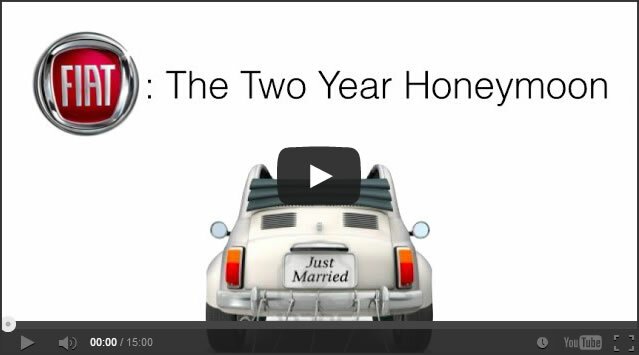FEATURED VIDEO
Steven Wood was one of three finalists in the first Value Investing Challenge in 2012, which had more than 110 submissions that were judged by a panel of top money managers. Here's an update on his thesis on Fiat. IN THIS ISSUE
Introducing a New Challenge for Value Investor
By Value Investing Challenge
The Unknown Asset Manager You Need to Know
By Alex Rubalcava, Rubalcava Capital Management
The Joy of Fishing Where Others Are Not – Tw
By Tim Eriksen, Eriksen Capital Management
Book Excerpt: The Investment Checklist
By Michael Shearn
Book Excerpt: The Little Book of Hedge Fund
By Anthony Scaramucci
These Five Stocks Could Be Value Opportunities
By Scott Rubin, Benzinga Staff Writer
FINANCIAL AND BUSINESS NEWSFINANCIAL AND BUSINESS VIDEOSVALUE INVESTING ARTICLES |
THIS MONTH'S ISSUE
The Joy of Fishing Where Others Are Not – Two Small Cap Bargains
By Tim Eriksen, Eriksen Capital Management
The goal of every enterprising investor is to achieve attractive absolute returns and to outperform a passive index approach over time. The best way to achieve that is to focus on the least efficient segments of the stock universe. As Seth Klarman wrote in Margin of Safety, “ample investment opportunities may exist in the securities that are excluded from consideration by most institutional investors. Picking through the crumbs left by the investment elephants can be rewarding.” In other words, we should fish where others are not.
LEAVE A COMMENT
You must be logged in to post a comment.
Showing comments 1 to 10 of 18 | Next | Last
teriksen
teriksen
teriksen
teriksen
Showing comments 1 to 10 of 18 | Next | Last
|

